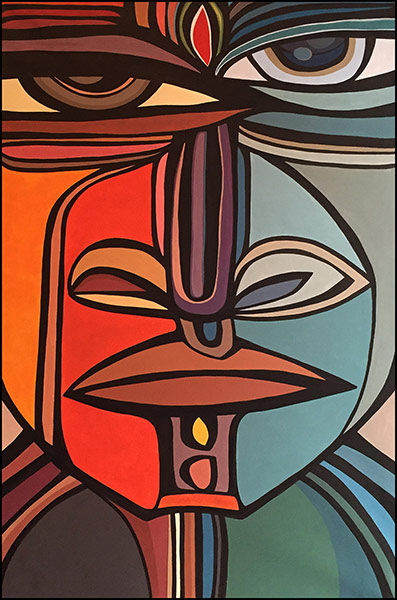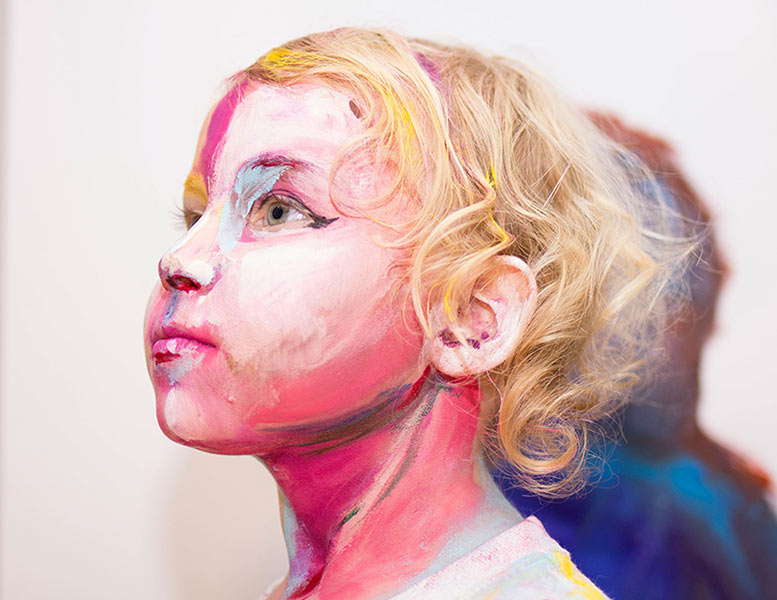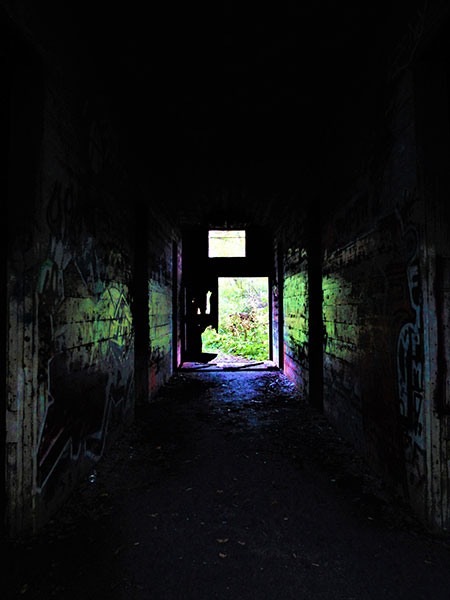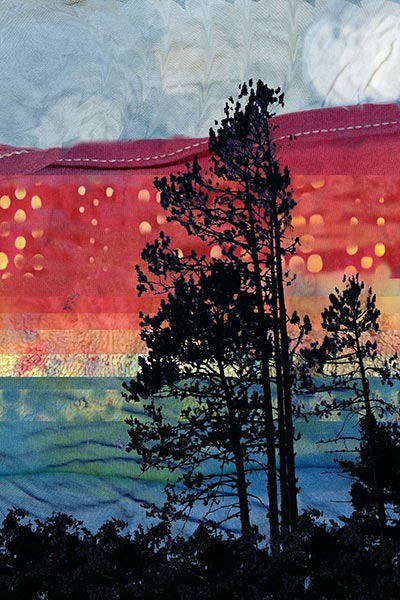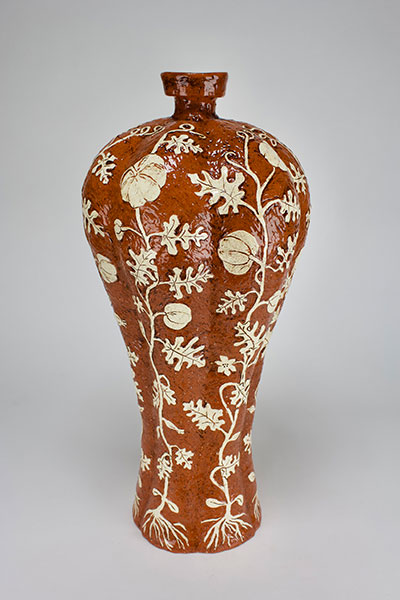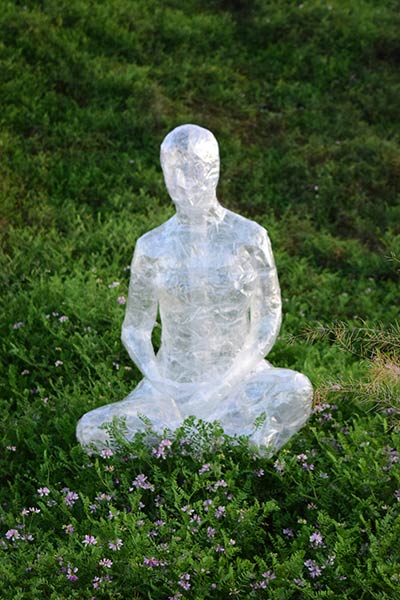Current students: Declare this program
Once you’re admitted as an undergraduate student and have met any further admission requirements your chosen program may have, you may declare a major or declare an optional minor.
Future students: Apply now
Apply to Metro State: Start the journey toward your Studio Arts BA now. Learn about the steps to enroll or, if you have questions about what Metro State can offer you, request information, visit campus or chat with an admissions counselor.
Get started on your Studio Arts BA
More ways to earn your degree: Metro State offers the flexibility you need to finish your degree. Through programs at our partner institutions, you can find a path to getting your Studio Arts BA that works best for you.
Program eligibility requirements
To be eligible for acceptance to the Studio Arts major, students must submit a College of Liberal Arts Undergraduate Declaration form.

